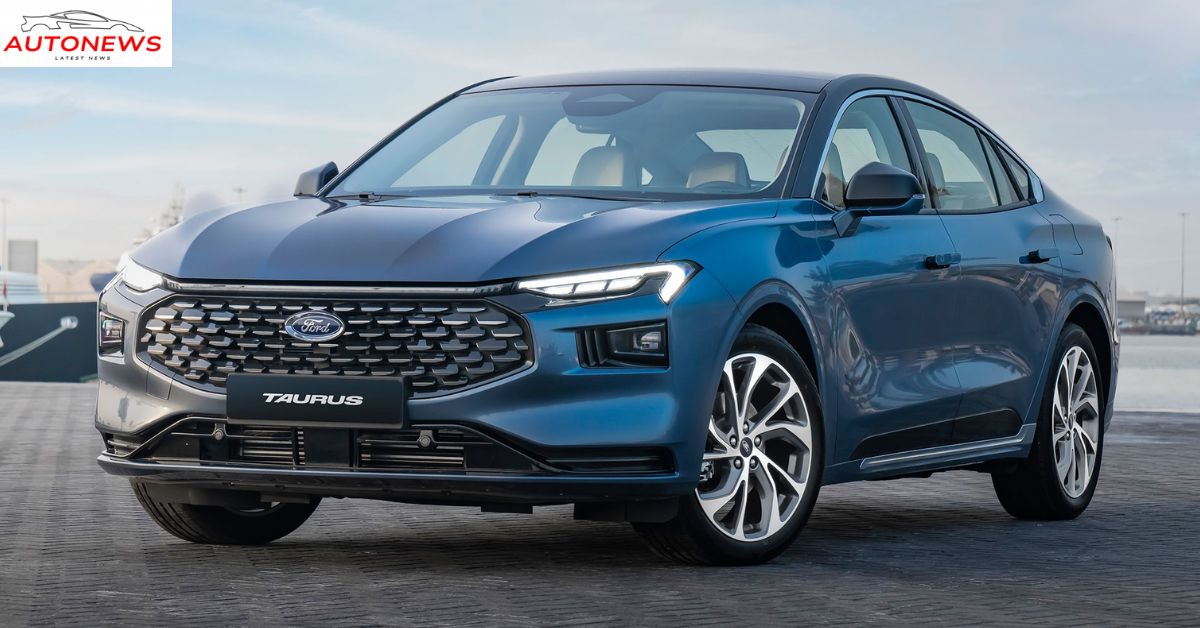When people talk about iconic American cars, muscle legends like the Mustang or the rugged F-150 trucks often dominate the conversation. Yet few vehicles have had a more profound impact on the automotive landscape than the Ford Taurus. Introduced in 1986, the Taurus wasn’t flashy or high-powered—but it was revolutionary. It combined design innovation, safety features, and affordability in a way that changed the American car market forever.
A Bold Start in a Time of Uncertainty
The early 1980s were not kind to American automakers. Japanese brands were gaining ground fast, offering fuel-efficient, reliable sedans that appealed to middle-class families. Ford, like its domestic competitors, was in trouble. The solution? A radical redesign of the family sedan.
When the Ford Taurus launched in 1986, it looked nothing like its boxy predecessors. It featured a sleek, aerodynamic design with rounded edges and a “jellybean” shape that was strikingly different from anything else on American roads. It was a bold move that paid off—the Taurus was an immediate success, hailed as a savior for Ford and a breath of fresh air in the sedan segment.
Engineering Meets Practicality
The Taurus wasn’t just about looks. It came with thoughtful engineering, front-wheel drive (which was still relatively novel for American cars at the time), and a spacious interior. It was also one of the first American sedans to truly prioritize safety. Features like anti-lock brakes, driver airbags (standard by the early ‘90s), and a strong crash safety rating made it a trusted family vehicle.
Its practicality was unmatched: large trunk space, roomy seating for five, and a comfortable ride quality made it ideal for everything from daily commutes to family road trips.
Peak Popularity in the 1990s
By the early 1990s, the Taurus had become a household name. It was consistently one of the best-selling cars in the United States, even becoming the top-selling car in 1992. The police loved it, families loved it, rental fleets couldn’t get enough of it. The Taurus managed to straddle the line between utility and appeal—something few sedans have been able to do as effectively.
In 1989, Ford introduced the Taurus SHO, a performance-oriented model with a Yamaha-built V6 engine and a manual transmission. This sleeper sport sedan won the hearts of enthusiasts who wanted family-friendly performance without the flashy looks of a sports car.
A Tumultuous Turn in the 2000s
Despite its early success, the Taurus eventually began to falter. The late 1990s redesign, particularly the oval-heavy 1996 model, was a polarizing shift that didn’t resonate well with consumers. At the same time, competitors like the Toyota Camry and Honda Accord were evolving rapidly, offering better refinement, efficiency, and perceived reliability.
Ford made the critical mistake of letting the Taurus stagnate. By the mid-2000s, the nameplate was largely relegated to rental fleets. In 2006, Ford discontinued the Taurus in favor of the more modern-looking Ford Five Hundred, but consumer interest waned.
A Resurrection—Then a Quiet Goodbye
In 2008, then-CEO Alan Mulally made a controversial but smart decision: bring the Taurus name back. The Ford Five Hundred was rebranded as the new Taurus in 2008, receiving improvements in performance and quality. By 2010, the Taurus was completely redesigned, looking more like a full-size luxury sedan than the humble family car of the ‘80s.
This new Taurus was packed with features: all-wheel drive, adaptive cruise control, advanced safety systems, and bold styling. The SHO version also made a return, now sporting a twin-turbo EcoBoost V6 engine and over 350 horsepower. Despite these updates, it struggled to find a new identity in a market that had shifted toward crossovers and SUVs.
Ford quietly ended Taurus production for the North American market in 2019, marking the end of an era. However, the nameplate lived on in China, where it continues to be produced and sold.
The Taurus Legacy
While it may not have the cult status of a Mustang or the rugged reputation of an F-Series truck, the Ford Taurus deserves credit as one of the most influential American cars of the 20th century. It demonstrated that American automakers could innovate and compete with global rivals. It redefined the family sedan and played a key role in keeping Ford afloat during a difficult era.

